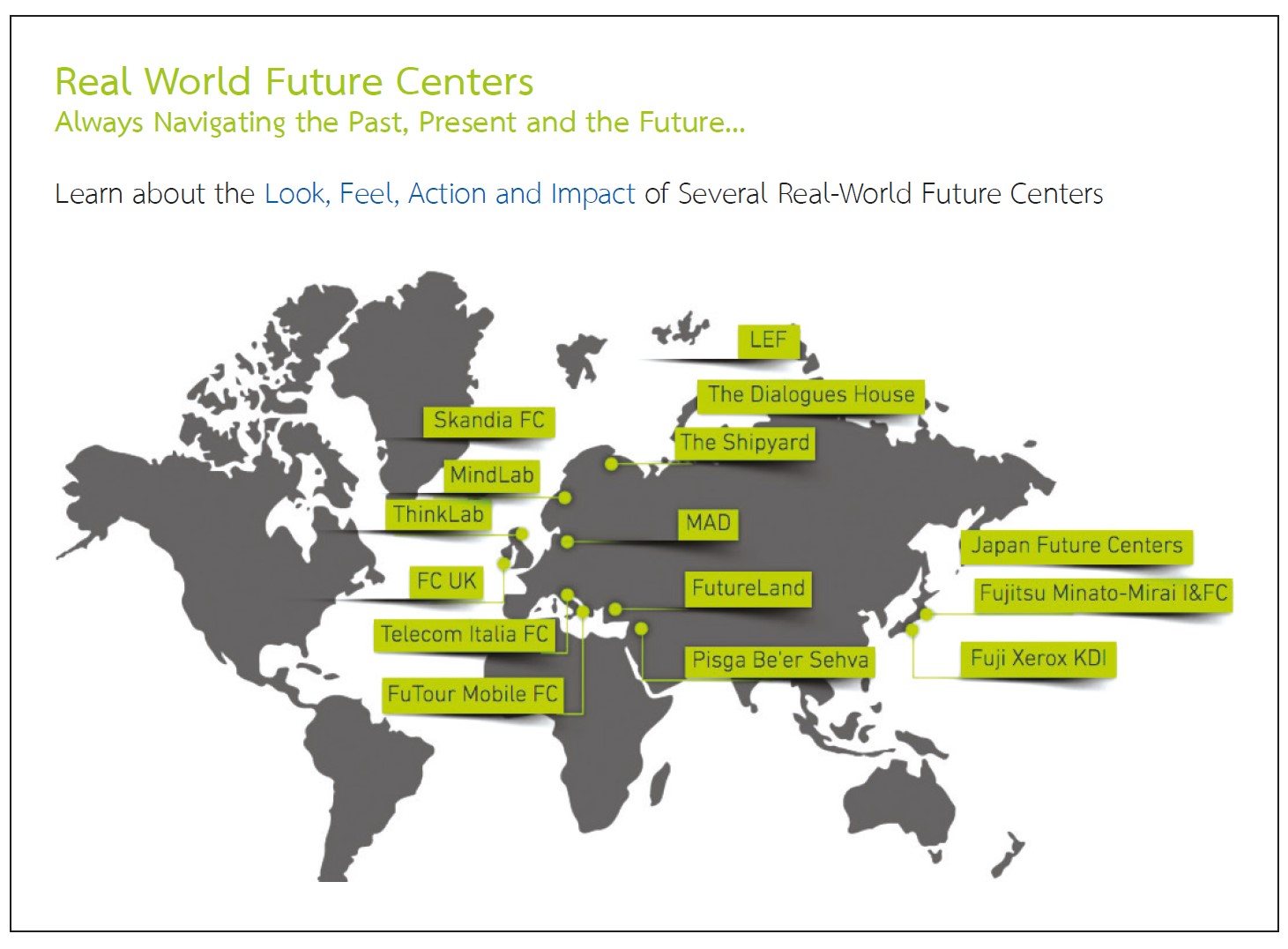Managing human capital in an era of change
Keywords:
Human capital, Transformation era, Education and earningsAbstract
This paper explores the impact of Human capital or people assets on the economy and individual earnings especially in an era of change. Research shows human capital has a strong relationship to both economic growth and productivity. One of the major elements is education attainment is considered an impetus for strengthening human capital. In this light, investment in education is of great concern to the government. Findings have shown that an educated workforce especially with a higher degree has a far greater advantage when getting employed and stretching its earning schemes longer than does the same with only a primary education. As a matter of living, educational level has found to have positive effect on the increase of life expectancy while reducing mortality rate among men than for women. To cope with changes, human capital is regarded as a value-added investment to ensure successful economic strength and social justice.
References
Becker, G. (1994). Human Capital Revisited. Retrieved from https://www.nber.org/chapters/c11229.pdf
Becker, Gary S. (1975). Human Capital. The Library of Economics and Liberty. Retrieved from https://www.econlib.org/library/Enc/HumanCapital.html
Britton, J. In BBC (17 November 2017). The degrees that make you rich... and the ones that don't. Retrieved from https://www.bbc.com/news/education-41693230
Edvinsson, L. (May 2017). Foreword Future Center 3.0. Retrieved from http://www.gurteen.com/gurteen/gurteen.nsf/id/future-centers
Franklin, B. (no date). In Money Mastery (Nov 10, 2016). Retrieved from https://moneymastery.com/an-investment-in-knowledge-pays-the-best-interest/
Future Center Alliance (2019). https://www.futurecenteralliance.com/home
Heckman, J. & Carneiro, P. (2003). Human capital policy. NBER Working Papers 9495, National Bureau of Economic Research, Inc. Retrieved from https://www.nber.org/papers/w9495.pdf, https://doi.org/10.3386/w9495
Moser, C. In Coaching Confidence (20 October 2013). Retrieved from http://www.coachingconfidence.co.uk/education-costs-money/
OECD (2017). Inequalities in longevity by education in OECD countries: Insights from new OECD estimates. Retrieved from https://www.oecd-ilibrary.org/social-issues-migration-health/inequalities-in-longevity-by-education-in-oecd-countries_6b64d9cf-en
OCED/EU (2018). Health at a Glance: Europe 2018: State of Health in the EU Cycle. OECD Publishing, Paris. Retrieved from https://doi.orgt/10.1787/health_glance_eur-2018-en
Pettinger, T. (September 2017). Human capital definition and importance. Retrieved from https://www.economicshelp.org/blog/26076/economics/human-capital-definition-and-importance/
Schultz, T.W. Capital Formation by Education. Journal of Political Economy, Vol. 68, No. 6 (Dec., 1960), pp. 571-583. https://doi.org/10.1086/258393
St-Aubin, N. (16 May 2018). Everything you've ever wanted to know about employee turnover. Retrieved from https://www.officevibe.com/blog/how-to-calculate-employee-turnover
Tozer, J. In The Economist (December/January 2017) What the numbers say: Higher earning: Why a university degree is worth more in some countries than others. Retrieved from https://www.1843magazine.com/data-graphic/what-the-numbers-say/higher-earning
UNESCO (2014). Teaching and learning: achieving quality for all; EFA global monitoring report, 2013-2014.Retrieved from https://unesdoc.unesco.org/ark:/48223/pf0000225660

Downloads
Published
How to Cite
Issue
Section
License
Copyright (c) 2019 https://creativecommons.org/licenses/by-nc-nd/4.0/

This work is licensed under a Creative Commons Attribution-NonCommercial-NoDerivatives 4.0 International License.



